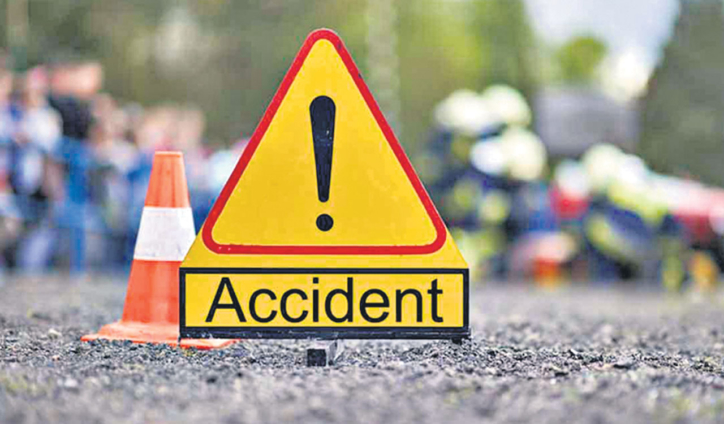Data available from the National Road Safety Authority has shown that between 2019 and 2021, 952 children died from road crashes.
The data covers children who were both pedestrians and vehicle occupants, with 188 of the children between 0-3 years, 166 between ages four and six, 164 between seven and nine; and 434 between 10 and 17.
The project Manager of LADA Institute, a human rights organisation, Shirley Haizel-Ferguson, said a strengthened legal framework, enhanced awareness, and public education would help to reduce road traffic fatalities among children in Ghana.
She said children were dying on the roads, hence the need to begin to take all reasonable steps to protect their right to life.
Mrs Haizel-Ferguson made this known at a media sensitisation workshop organised by LADA Institute, in partnership with the Global Road Safety Partnership, International Federation of Red Cross, the Red Crescent Societies and the National Road Safety Authority on the use of child restraint equipment and seatbelts for children.
Dubbed: “The Policy and Legislative Framework for Child Restraints and Seatbelt for Children in Ghana”, it formed part of the institute's efforts to provide legislative and advocacy support for the amendment and strengthening of the legislative framework for child restraint and child seat belt usage.
Behavioural pattern
The project manager said research had shown that there was a linkage between Road Traffic Crash fatalities involving child passengers and the pattern of child restraint usage, and child seating behaviour in general.
She said there had been a growing practice where parents or guardians drove without any form of restraint to child occupants.
“More often, one can observe some parents driving with children leaping about in the back seat; babies and toddlers being held in the arms of other adults in the front or back seat; or parents holding a child in their arms while driving,” she said.
Mrs Haizel-Ferguson said there was a need to address the behavioural pattern hence calling on stakeholders to always buckle up the child as it was the child's right to safety.
She, therefore, expressed the belief that the workshop would equip stakeholders with the knowledge and resources to champion safer roads and vehicles; and empower their audiences to make informed choices.
Mrs Haizel-Ferguson said the institute was committed to protecting the rights of the children hence that road safety is a human right and every child's right.
Child restraint systems
A Road Safety Consultant, Ekow Wilson-Asaam said when restraining children aged 12 years and below, a safer place for them in a car was the back seat only if when properly restrained.
He said the wearing of a seatbelt or child restraint would significantly minimise the impact and injuries that might be associated in the event of a crash.
That, he said, would relieve the government, communities and families of any financial burden they would have to endure during the period of hospitalisation and rehabilitation for surviving victims.
Mr Wilson-Asaam said the regular seatbelt was not appropriate for use by infants and children hence the need for an approved and appropriate child safety seat that could fit their weight and size.
He added that appropriate child restraint systems were specifically designed to protect infants and young children from injury in the event of a crash.
Latest Stories
-
Paris 2024: Opening ceremony showcases grandiose celebration of French culture and diversity
2 hours -
How decline of Indian vultures led to 500,000 human deaths
3 hours -
Paris 2024: Ghana rocks ‘fabulous fugu’ at olympics opening ceremony
4 hours -
Trust Hospital faces financial strain with rising debt levels – Auditor-General’s report
4 hours -
Electrochem lease: Allocate portions of land to Songor people – Resident demand
4 hours -
82 widows receive financial aid from Chayil Foundation
5 hours -
The silent struggles: Female journalists grapple with Ghana’s high cost of living
5 hours -
BoG yet to make any payment to Service Ghana Auto Group
5 hours -
‘Crushed Young’: The Multimedia Group, JL Properties surprise accident victim’s family with fully-furnished apartment
5 hours -
Asante Kotoko needs structure that would outlive any administration – Opoku Nti
6 hours -
JoyNews exposé on Customs officials demanding bribes airs on July 29
6 hours -
JoyNews Impact Maker Awardee ships first consignment of honey from Kwahu Afram Plains
7 hours -
Joint committee under fire over report on salt mining lease granted Electrochem
7 hours -
Life Lounge with Edem Knight-Tay: Don’t be beaten the third time
8 hours -
Pro-NPP group launched to help ‘Break the 8’
8 hours

